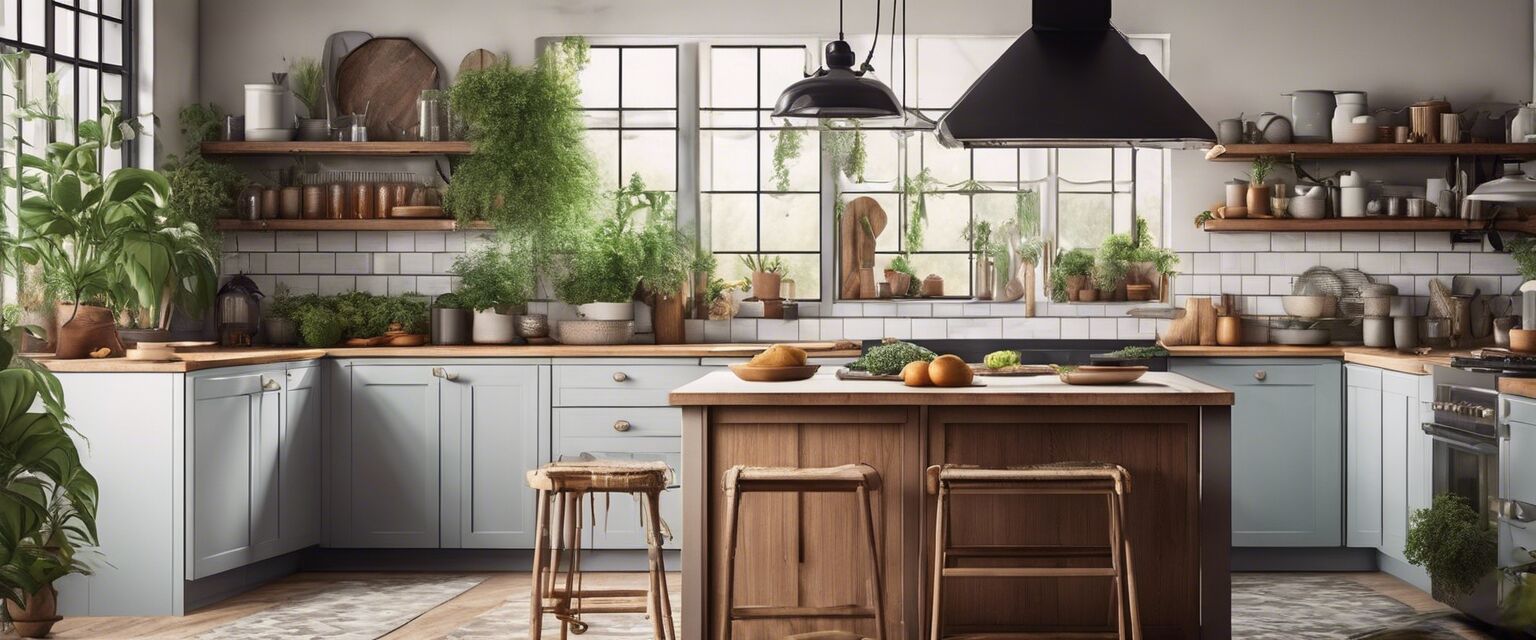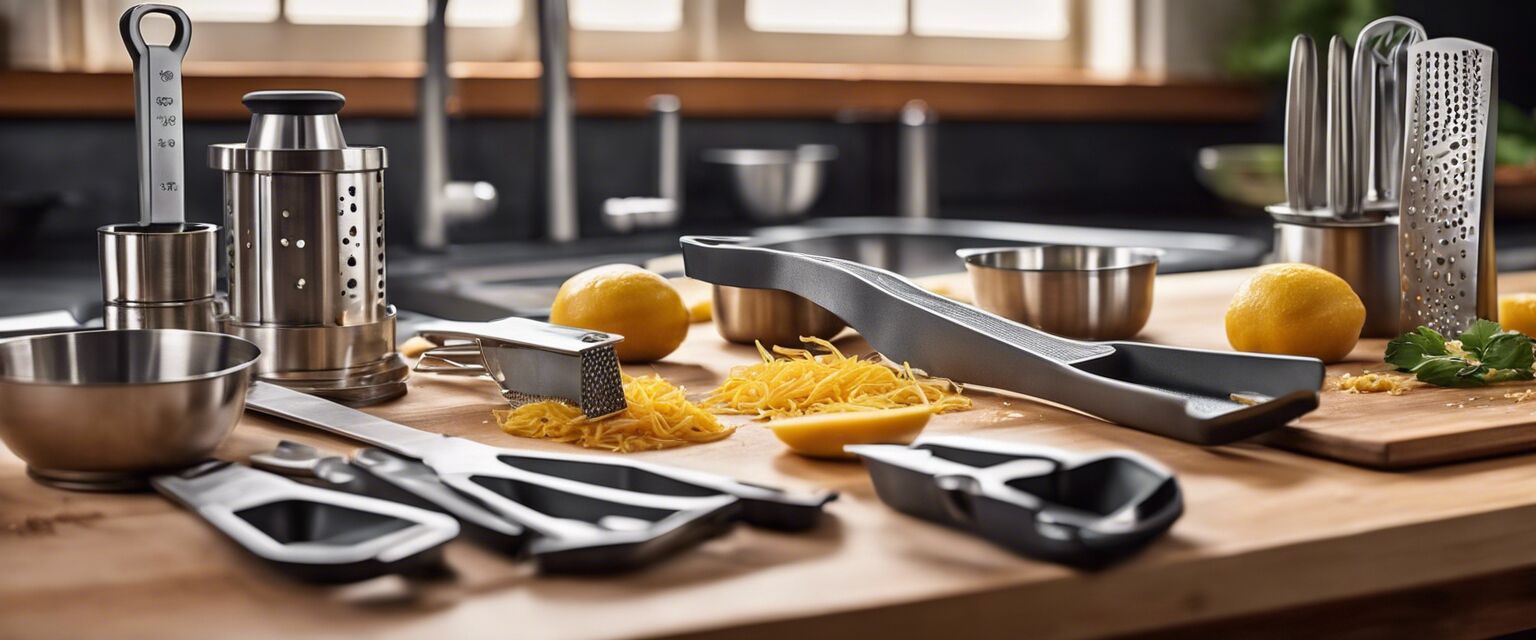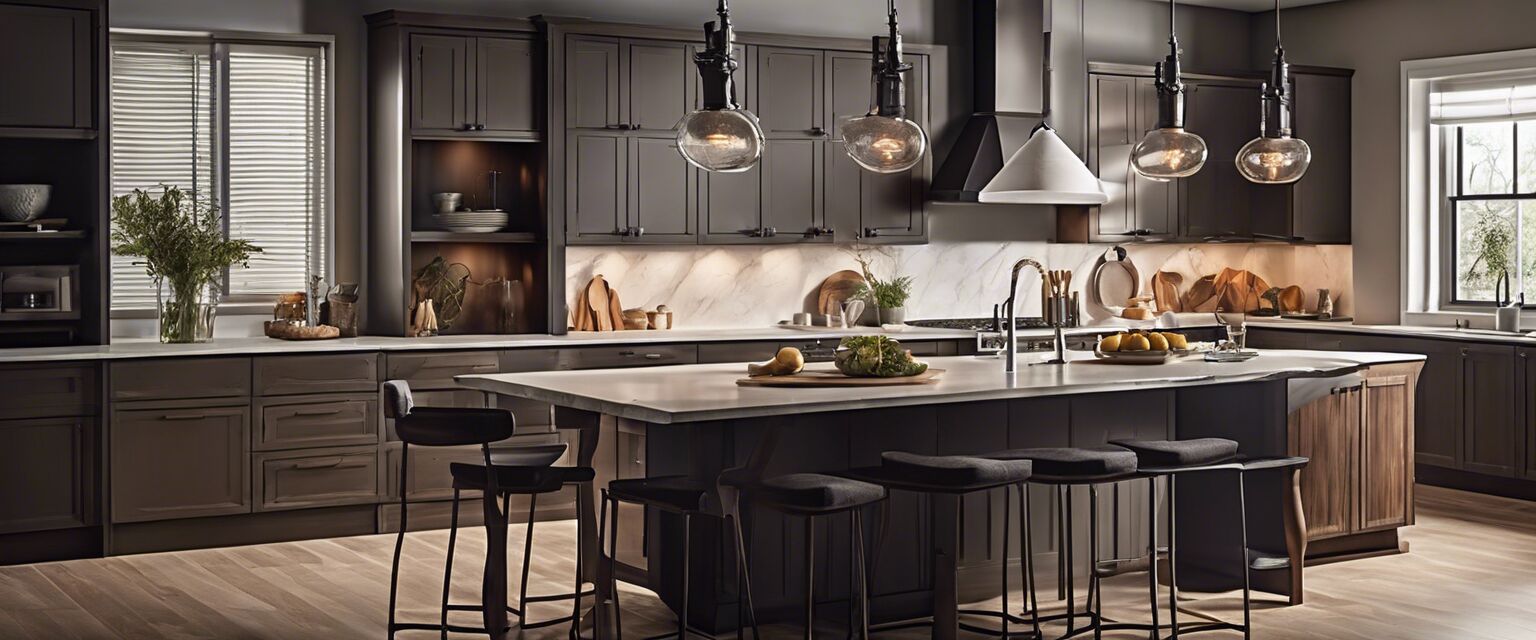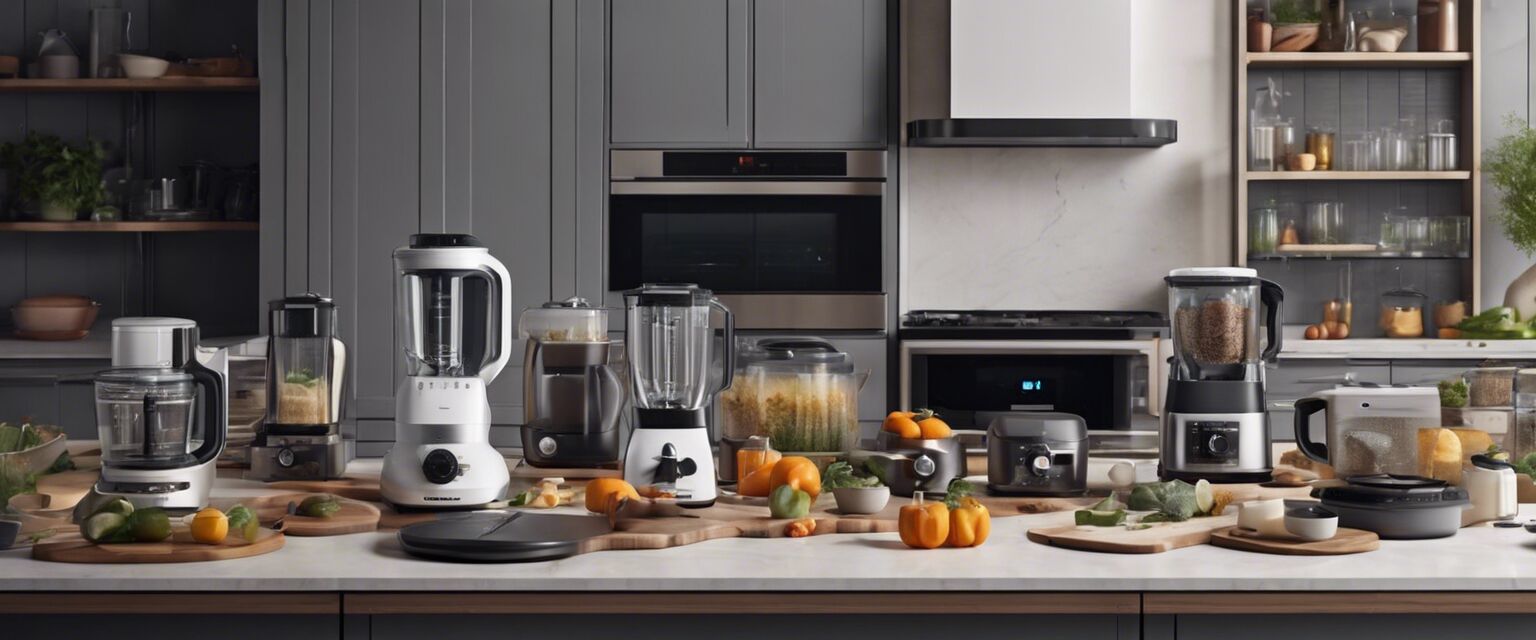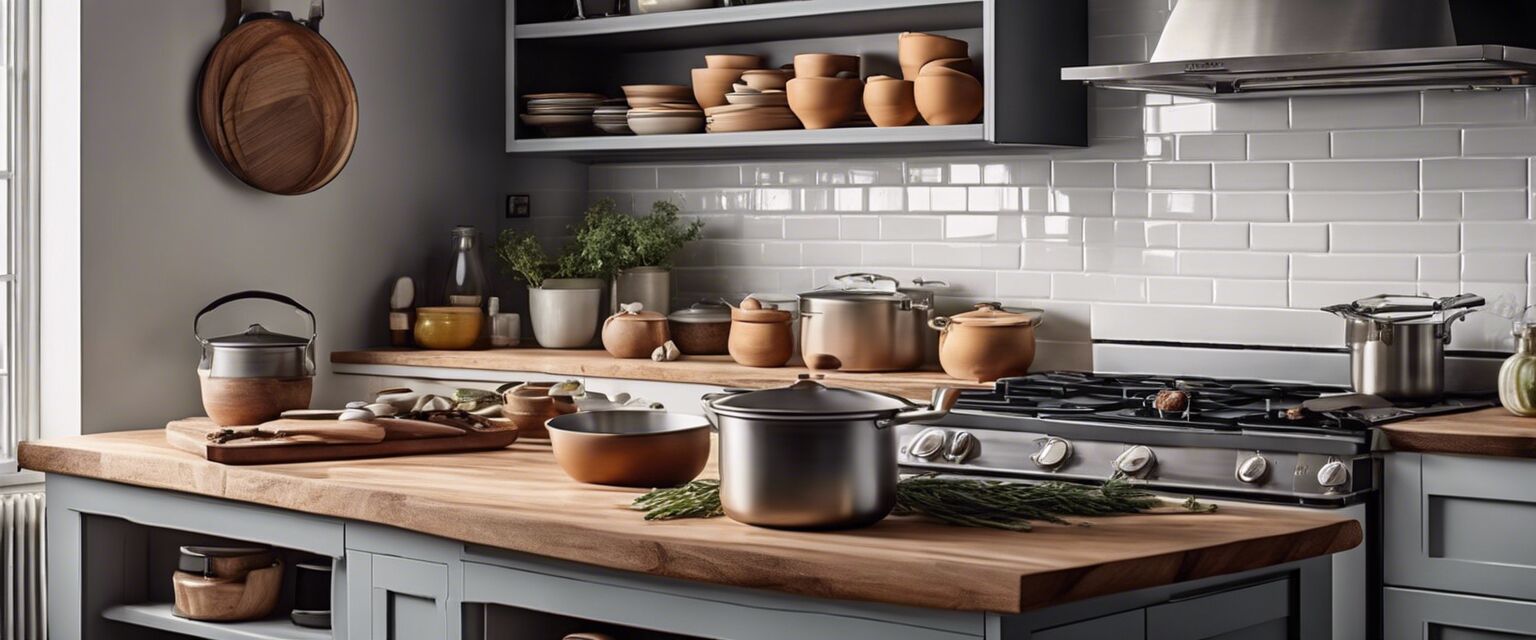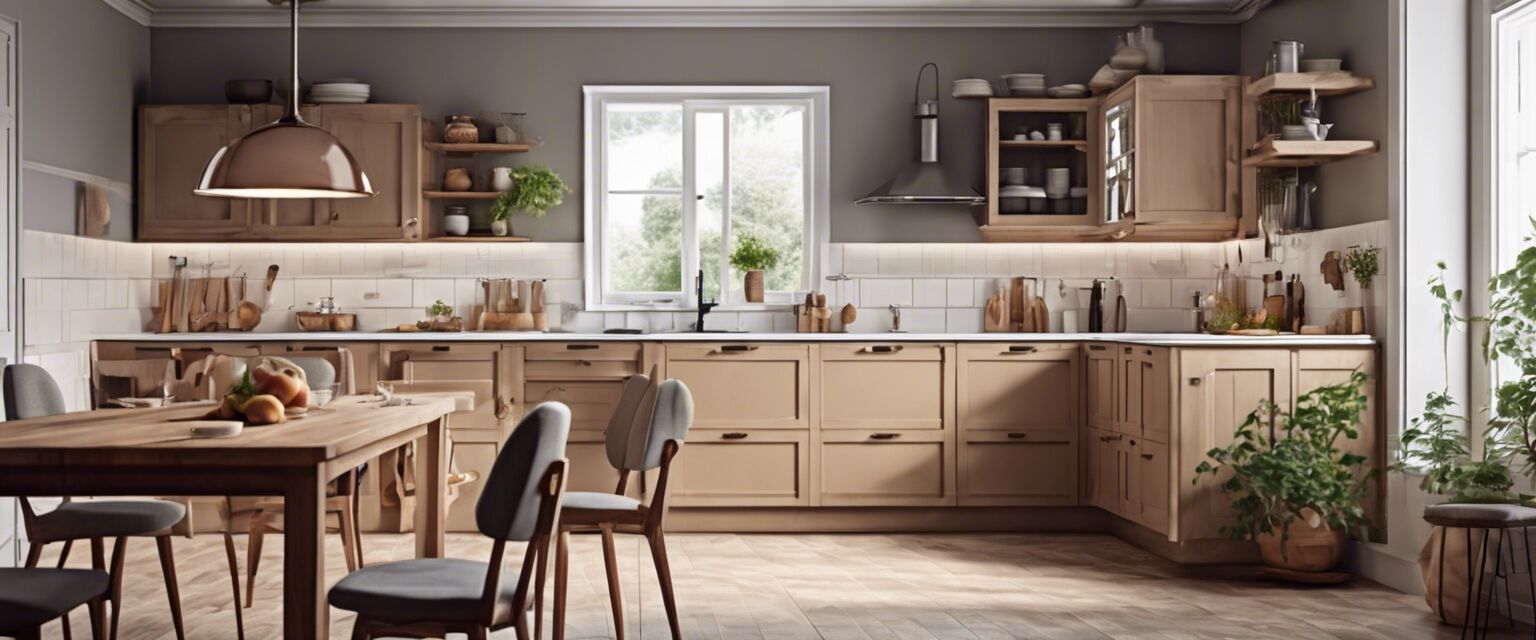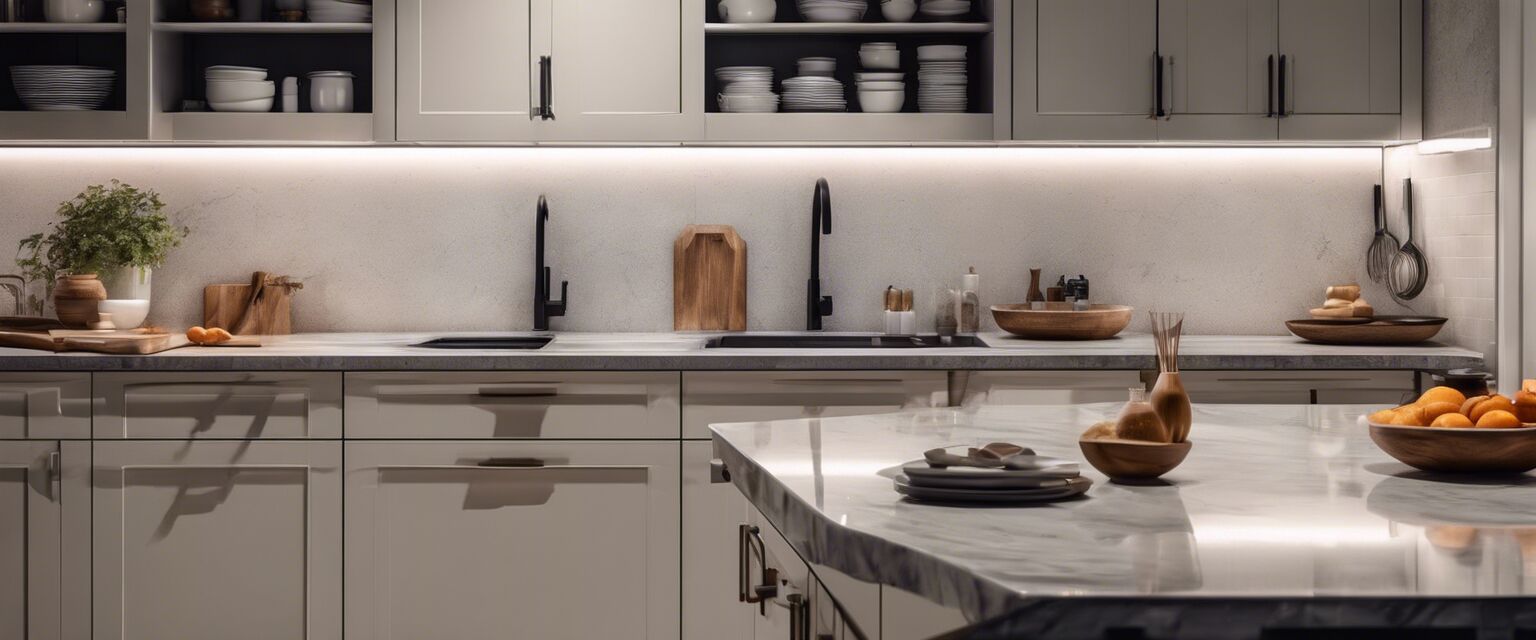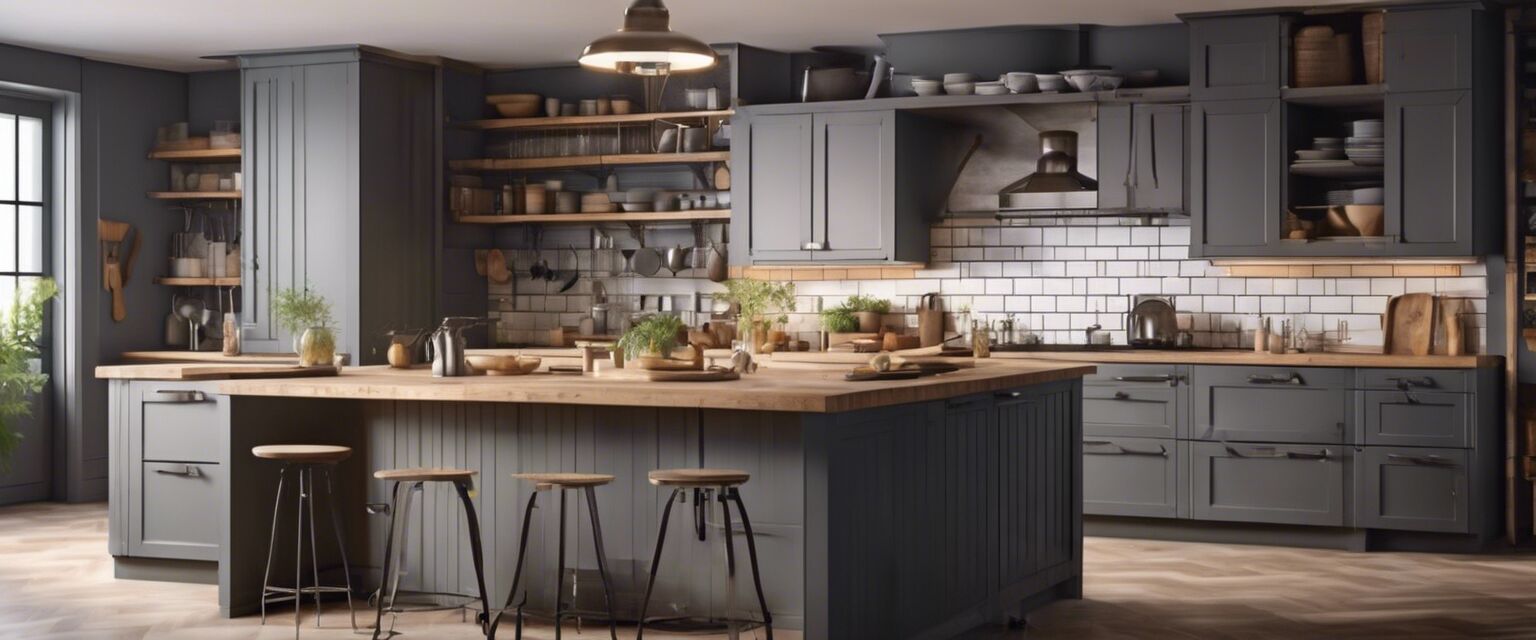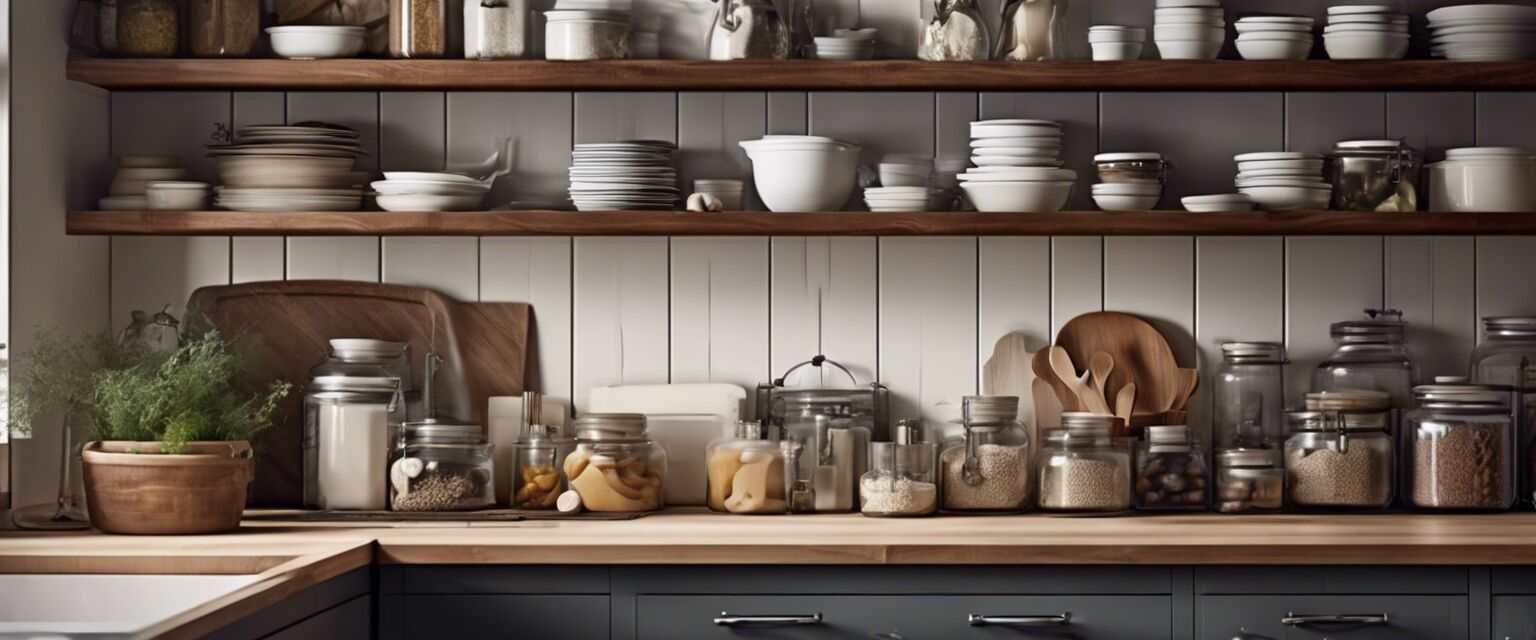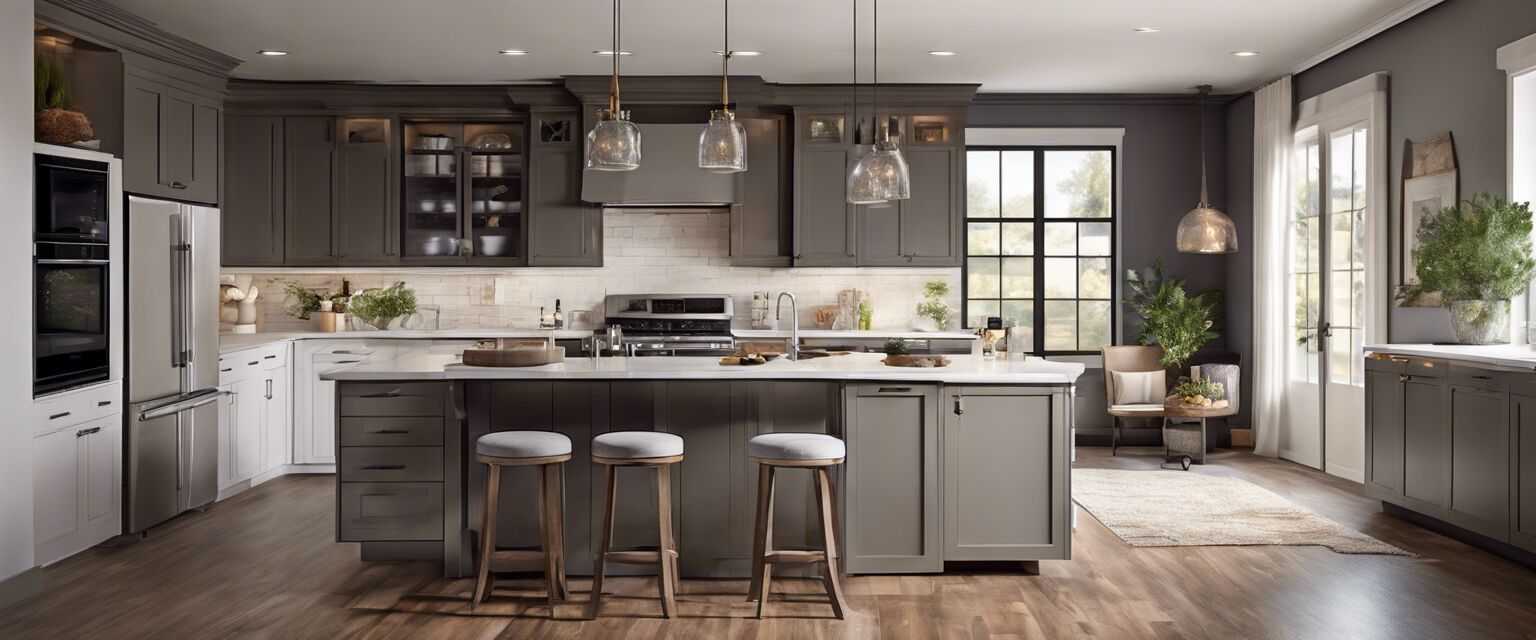
Kitchen Remodeling
Key Takeaways
- Kitchen remodeling can increase the value of your home.
- Planning is essential to ensure a smooth renovation process.
- Choosing the right materials and appliances can enhance functionality.
- Consider hiring professionals for complex tasks.
- Budgeting effectively can prevent financial strain.
Remodeling your kitchen is an exciting journey that can transform the heart of your home. Whether you're looking to update the design, improve functionality, or increase your home's value, a well-planned kitchen remodel can meet your needs. This comprehensive guide will walk you through the essential steps, from planning and budgeting to selecting materials and appliances.
Planning Your Kitchen Remodel
Successful kitchen remodeling starts with a solid plan. Here are the main steps to consider:
- Define your goals for the remodel.
- Create a budget and timeline.
- Design the layout and functionality.
- Select materials and appliances.
- Hire professionals if necessary.
Setting Your Goals
Before diving into the details, it's important to establish what you want to achieve with your remodel. Common goals include:
- Improving storage space
- Enhancing energy efficiency
- Updating the style and aesthetics
- Increasing home value
Creating a Budget
Your budget will significantly influence your remodel. Consider the following:
| Item | Estimated Cost |
|---|---|
| Cabinets | $5,000 - $20,000 |
| Countertops | $2,000 - $5,000 |
| Appliances | $2,000 - $10,000 |
| Flooring | $1,500 - $5,000 |
| Labor | $3,000 - $12,000 |
Choosing Your Kitchen Layout
The layout is crucial in determining how functional your kitchen will be. Here are some popular kitchen layouts:
- Galley Kitchen: Efficient for small spaces with parallel counters.
- U-Shaped Kitchen: Offers ample workspace with three walls of cabinets.
- L-Shaped Kitchen: Ideal for open-concept homes and entertaining.
- Island Kitchen: Adds storage and prep space with a central island.
Material Selection
Choosing the right materials can greatly affect the durability and aesthetics of your kitchen. Consider these materials:
| Material | Pros | Cons |
|---|---|---|
| Granite | Durable, heat resistant | Expensive, requires sealing |
| Quartz | Non-porous, low maintenance | Can be costly, limited color choices |
| Laminate | Affordable, wide variety | Less durable, can scratch easily |
| Wood | Warmth, natural beauty | Requires maintenance, can warp |
Appliance Selection
Modern appliances can enhance your kitchen's functionality. Here are some tips for choosing appliances:
- Look for energy-efficient models to save on utility bills.
- Consider the size and layout of your kitchen.
- Choose appliances that complement your kitchen style.
- Check for warranties and customer reviews.
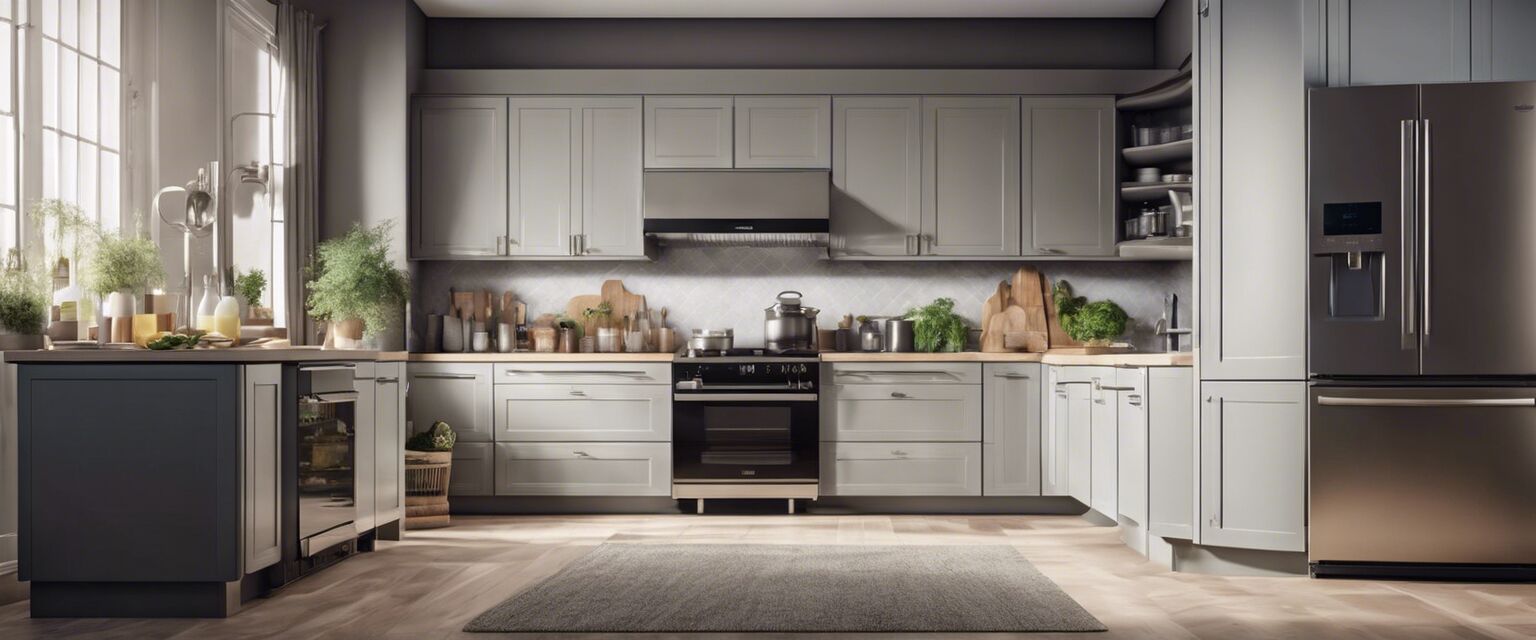
Hiring Professionals
For larger projects, hiring professionals can save time and ensure quality. Hereâs who you might consider:
- Architects - for design and layout plans.
- Contractors - for overseeing the renovation.
- Interior Designers - for aesthetic decisions.
- Specialty Trades - such as electricians and plumbers.
Managing the Remodeling Process
Once your plans are in place, managing the remodeling process is key. Here are some tips:
- Communicate clearly with your contractors.
- Stay organized and keep track of expenses.
- Be flexible with timelines and changes.
- Regularly check on progress and quality.
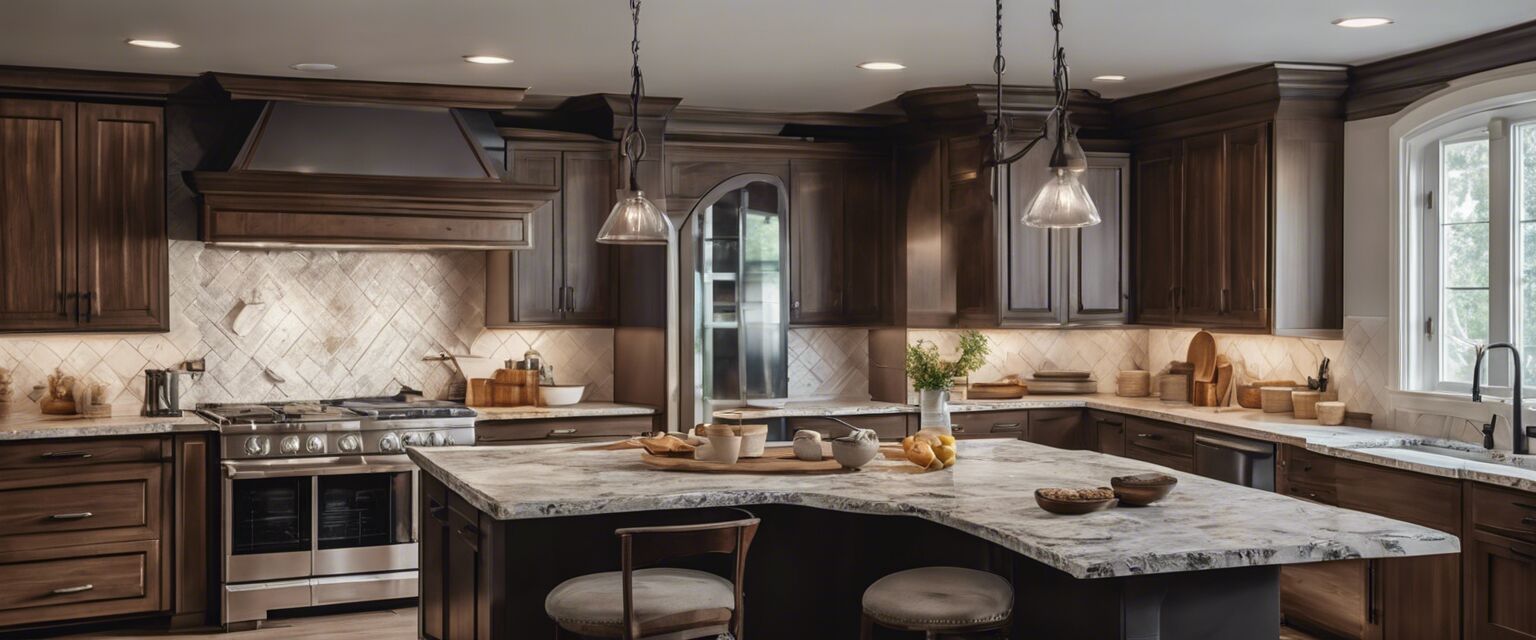
Tips for a Successful Kitchen Remodel
- Start with a clear vision of what you want.
- Research trends and styles to inspire your design.
- Donât rush the planning phase; take your time.
- Consider future needs, especially if your family is growing.
- Keep the kitchenâs workflow in mind when designing.
Conclusion
Kitchen remodeling is a significant investment that can greatly improve your homeâs aesthetics and functionality. By following the steps outlined in this guide, you can create a kitchen that suits your needs and enhances your lifestyle. For more information on related topics, check out our sections on Cookware, Bakeware, and Storage Solutions.
Pros
- Increases home value
- Improves functionality and efficiency
- Allows for personal expression through design
- Enhances comfort and enjoyment
Cons
- Can be expensive
- Requires time and patience
- May disrupt daily life during construction
- Potential for unexpected costs
